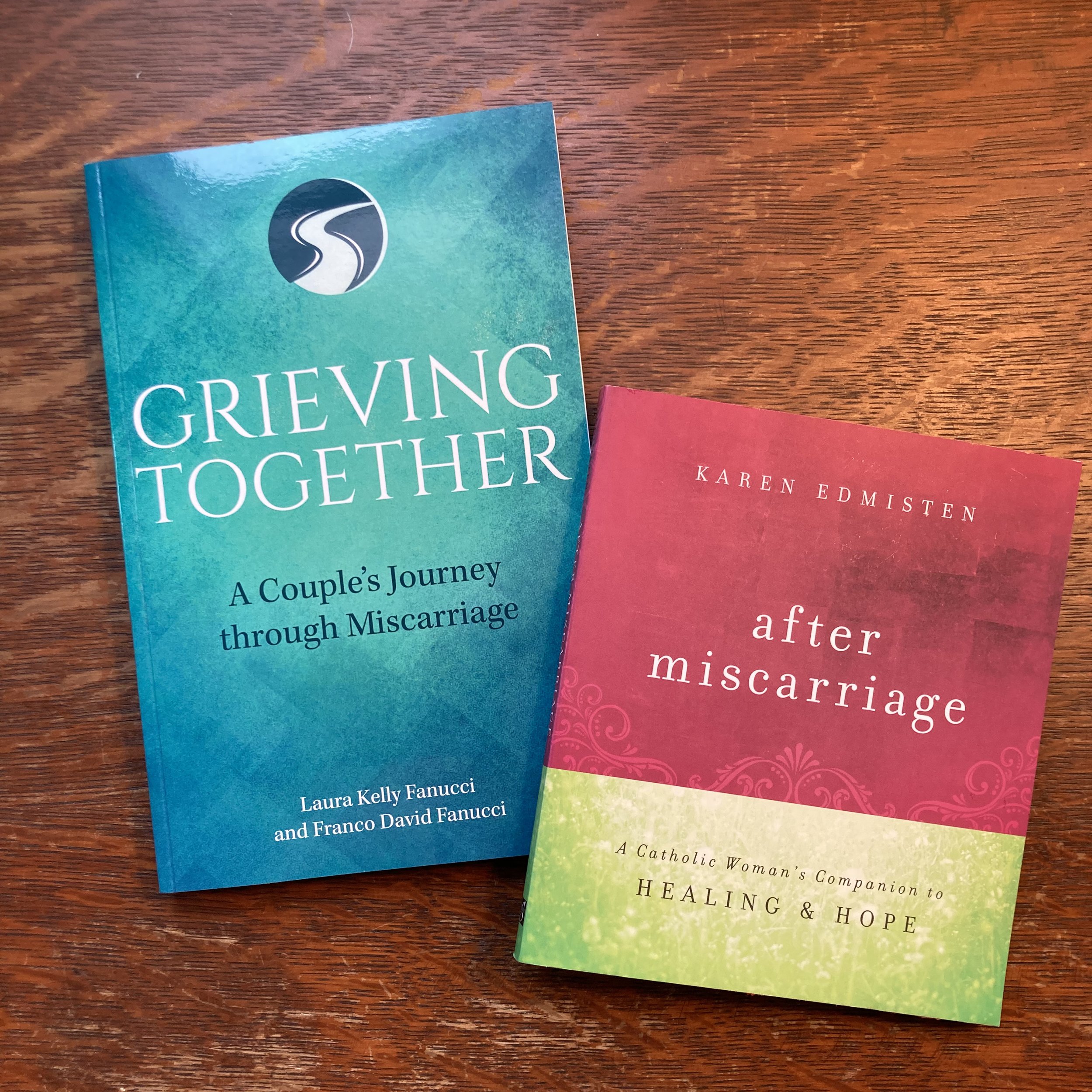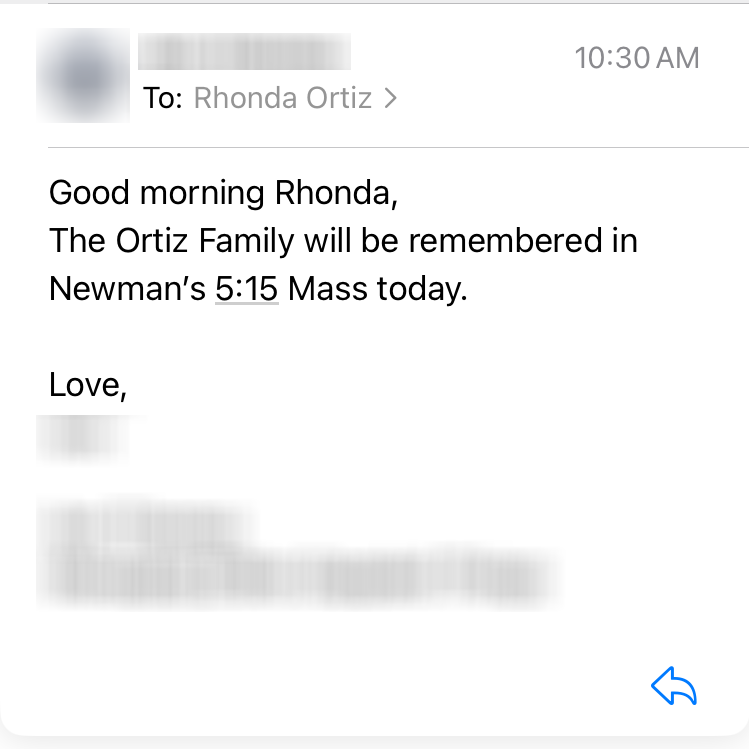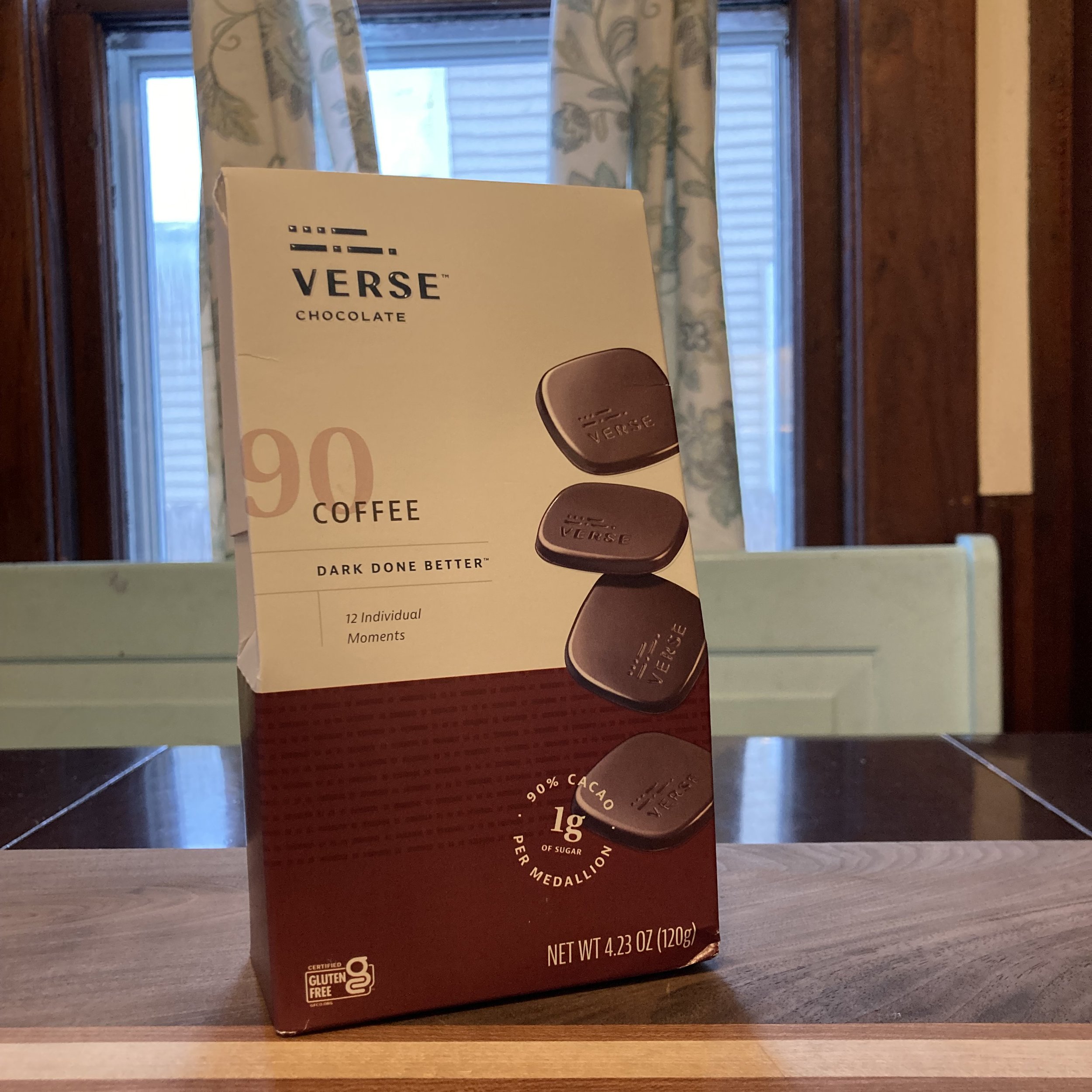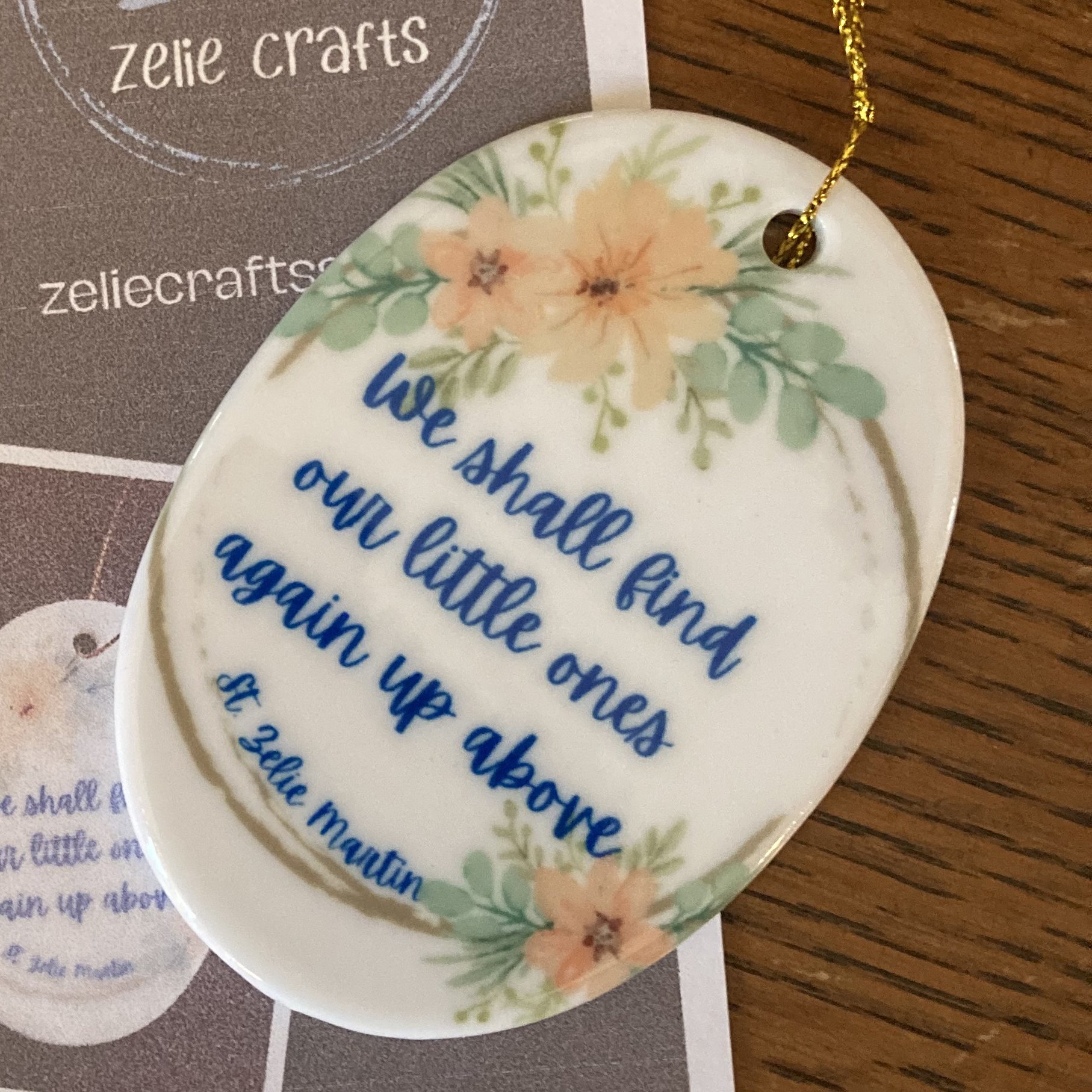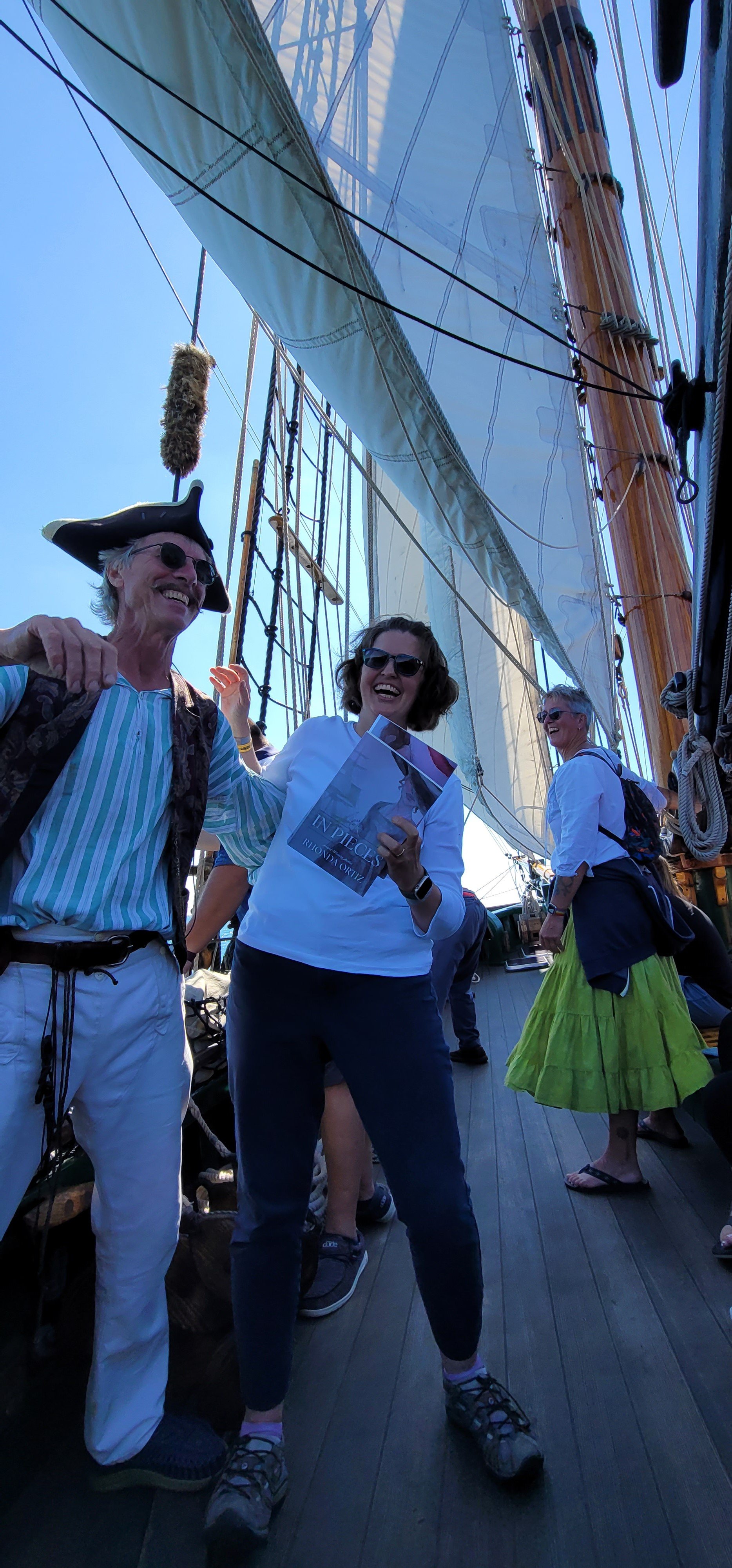I’ve been quiet online, other than scheduled social media posts of an authorly nature. The past few weeks have been difficult, for reasons that some of you know well. I’ll let the pictures tell the story.
We are blessed in our family and friends. Truly blessed.
Yet these past weeks have been challenging for others besides ourselves. Several friends have lost loved ones. One friend lost her grandmother last week, and now her mother is actively dying from cancer. Other friends are in the midst of difficult family situations, walking by faith as they search for the best path forward. And so on.
I’m reminded of a scene from In Pieces (you knew I was going to mention my writing, but my writing is deeply personal, so bear with me) in which Molly challenges the idea, articulated by St. Thomas Aquinas, that:
We pray not to change divine disposition, but to gain what God has decided will be fulfilled through the prayers of the saints. By asking, men deserve to receive what Almighty God from eternity wants to give them, as Gregory (the Great) says.
To this, Molly replies, “I asked God to help Papa, not condemn him to an unholy death. He chose not to answer my prayer. Would Thomas Aquinas say that God willed my father’s suicide from all eternity?”
Josiah’s answer (“No, but he would say God allowed it because He would bring something greater out of it”) is the right and faithful answer. Yet Molly tells Josiah his answer is not comforting. Sarah Robb picks this up later on, when, during a sermon on the deaths of Saul and Jonathan, her pastor argues that their deaths proved God's providence, as David became king after Saul, and the Messiah came through David's kingly line. A valid point, Sarah thinks, except that
“...the argument did not address grief. David mourned the deaths of Saul and Jonathan. Trumpeting Divine Providence would not have lessened his pain.” (Ch. 21)
The ‘right’ answer isn't always the right answer.
When I drafted these scenes, I was working from intuition and conversations with friends who knew grief intimately. Now I'm standing alongside Molly. Changes my view on what I wrote, even if I wouldn’t change a word of it.
You are in my prayers.



